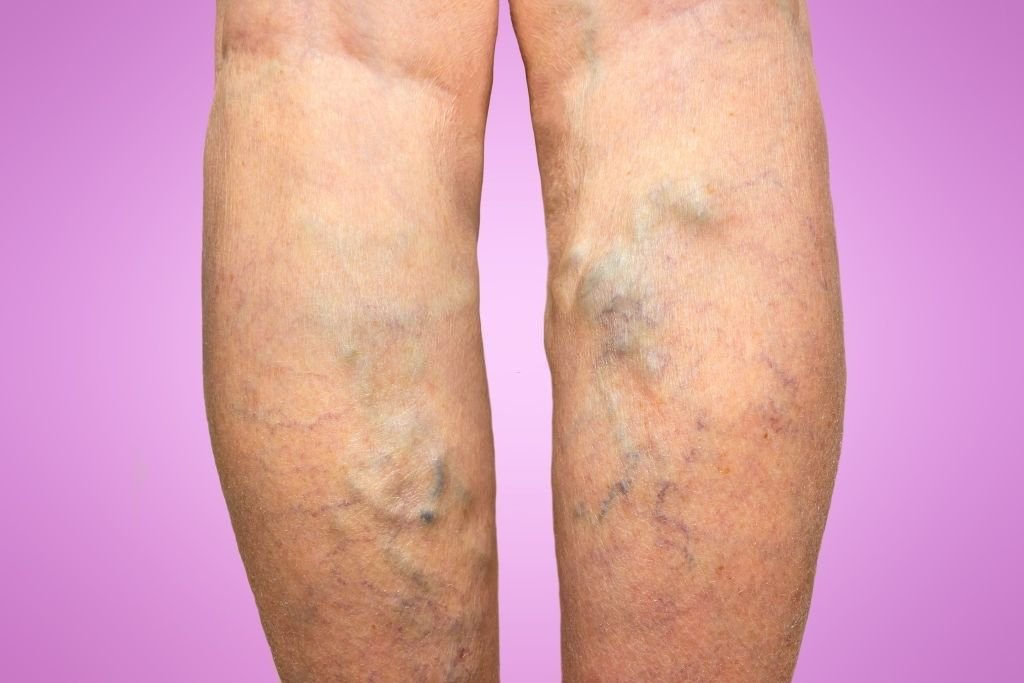A condition known as varicose veins causes discoloration of veins in the leg. This condition can be treated with several methods. If you are searching for varicose veins treatment, make sure to check out Kristen Forsythe FNP. She is a specialist in vascular surgery and has excellent experience with varicose veins. She can be the best guide for you.
How to know if you have varicose veins:
If you can see any discoloration in your lower extremities, or you cannot walk or stand for a long time, these symptoms show that the person is suffering from varicose veins.
What causes varicose veins:
Veins carry deoxygenated blood to the heart from the body. When these veins do not perform their function accurately, the blood gets accumulated in the vessels, which causes the vessel to bulge. Due to the presence of deoxygenated blood, the vessel appears blue and appears like a spider web.
The veins consist of valves that prevent the backflow of deoxygenated blood. Any condition or physical trauma causing damage to these valves can cause the blood to backflow and accumulate in the vein.
Patients develop these conditions due to obesity, due to excessive weight on the lower body. Pregnant women are also at high risk for varicose veins. Physical trauma, gender, and genetics also play an essential role here.
What is the treatment for varicose veins?
To treat this condition, we have minimally invasive ways and invasive surgeries, which involve removing the entire vein.
Each treatment has its way, but the final result remains the same. They eliminate veins, and the vein gets converted into scar tissue. Once this scar fades away, the vein disappears.
A few of the most common treatments include:
- Sclerotherapy: In this procedure, the vein is injected several times with a liquid which causes the vein to shrink. When treating large varicose veins, doctors use ultrasound to know the exact location of veins. Also, they use a medication called varithena. This medicine forms foam and expands to the walls of all surrounding veins.
- Endovenous ablation: The vein is perforated, a catheter with a camera is inserted, and with the help of imaging, the catheter is driven into the end of varicose veins. After this, the doctor pulls the catheter back, and on the way back, it releases radiofrequency or laser energy, which ablates the vein.
- VenaSeal: this method seals the vein’s walls with medical adhesive. This is also a nonthermal method.
If you are observing any symptoms of varicose veins, contact your doctor, and your doctor can guide you through the best available treatment.







